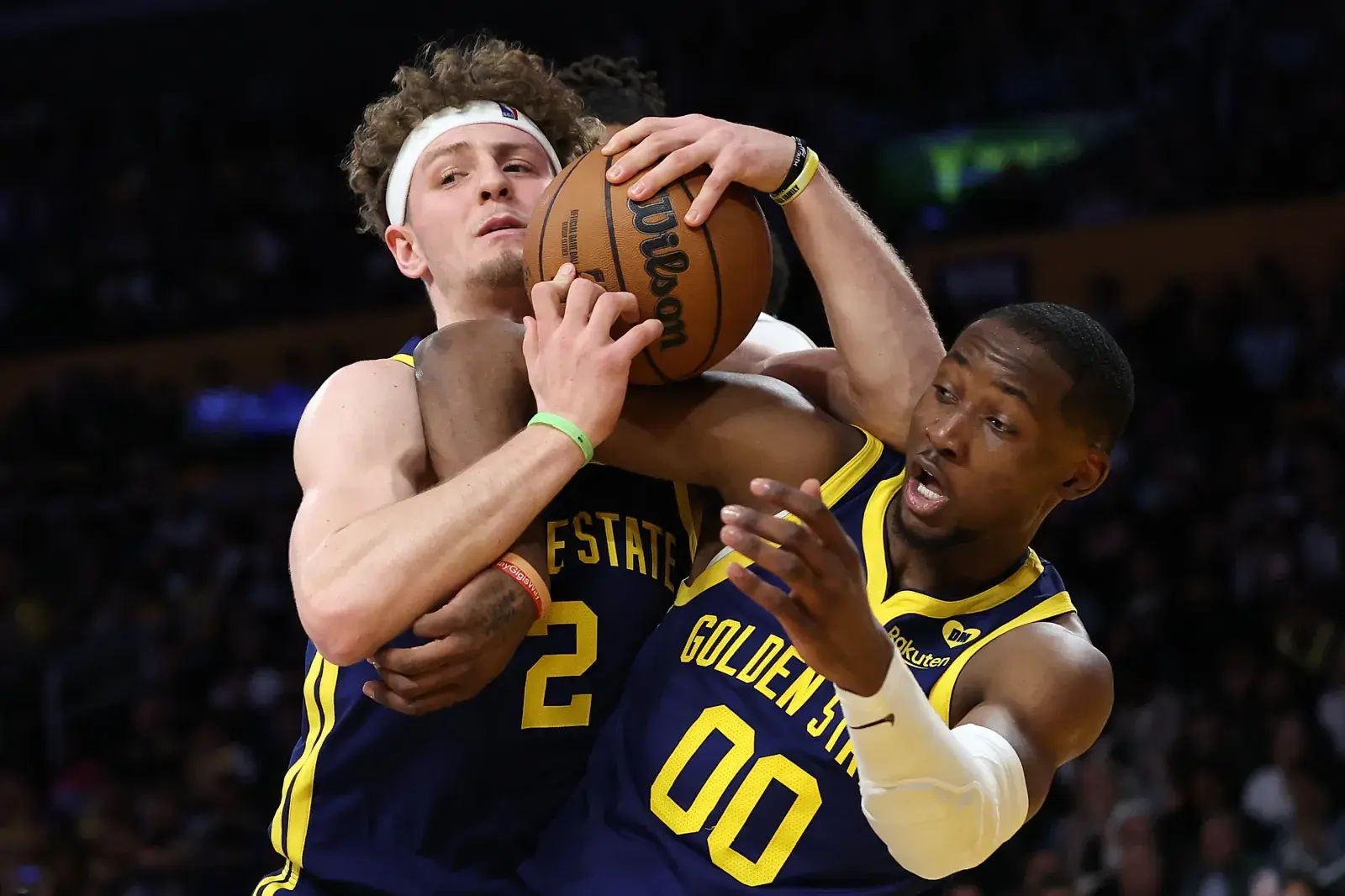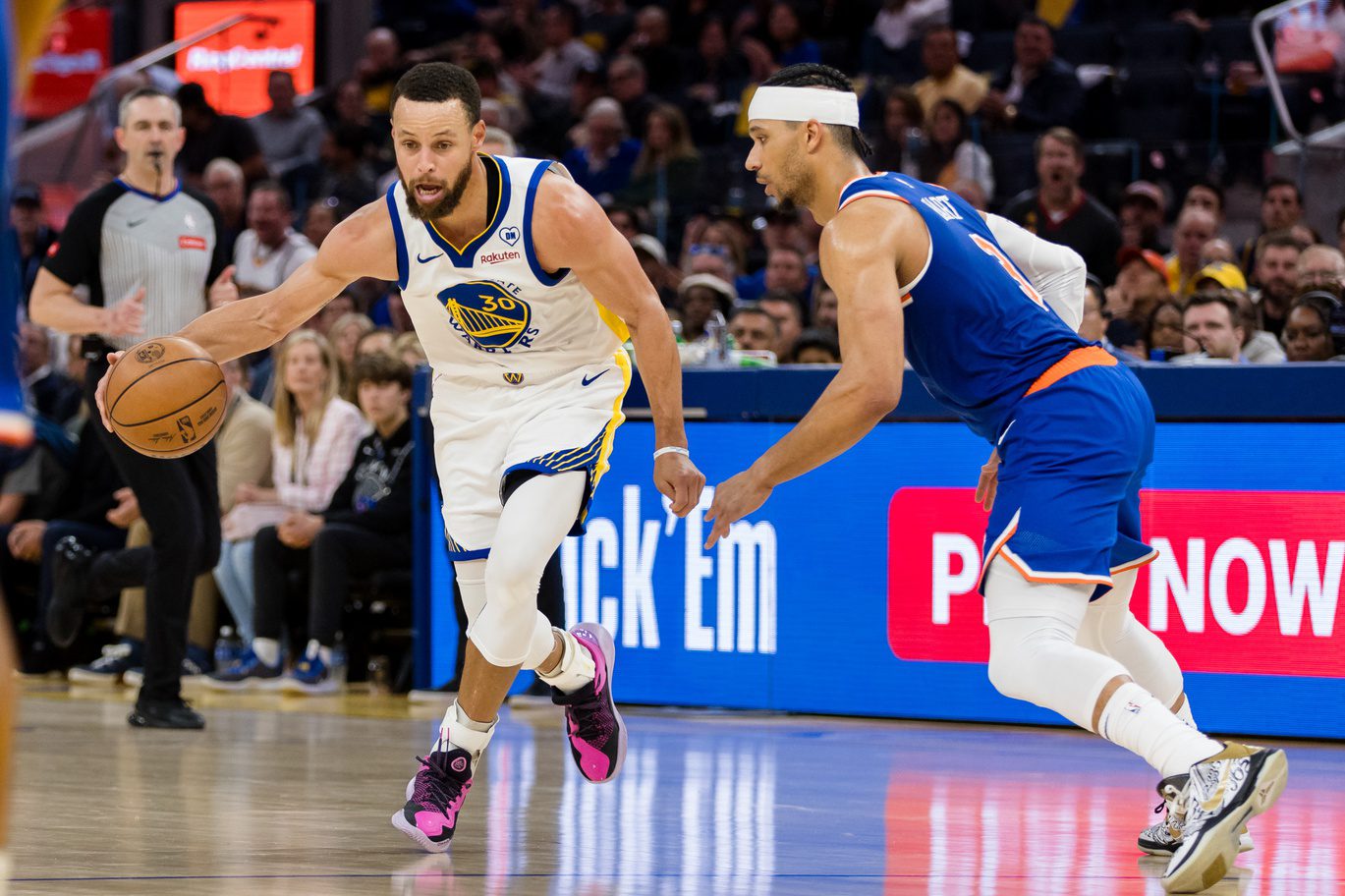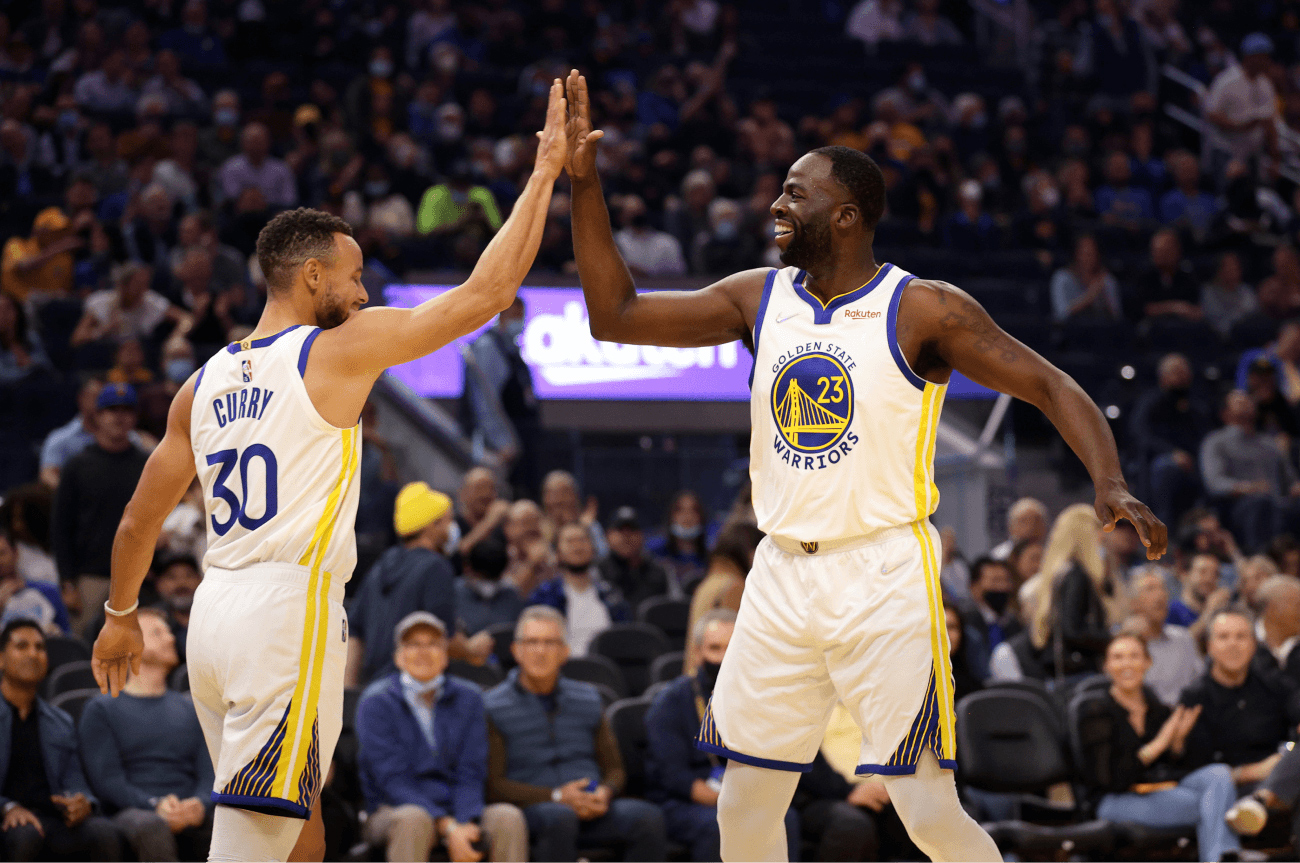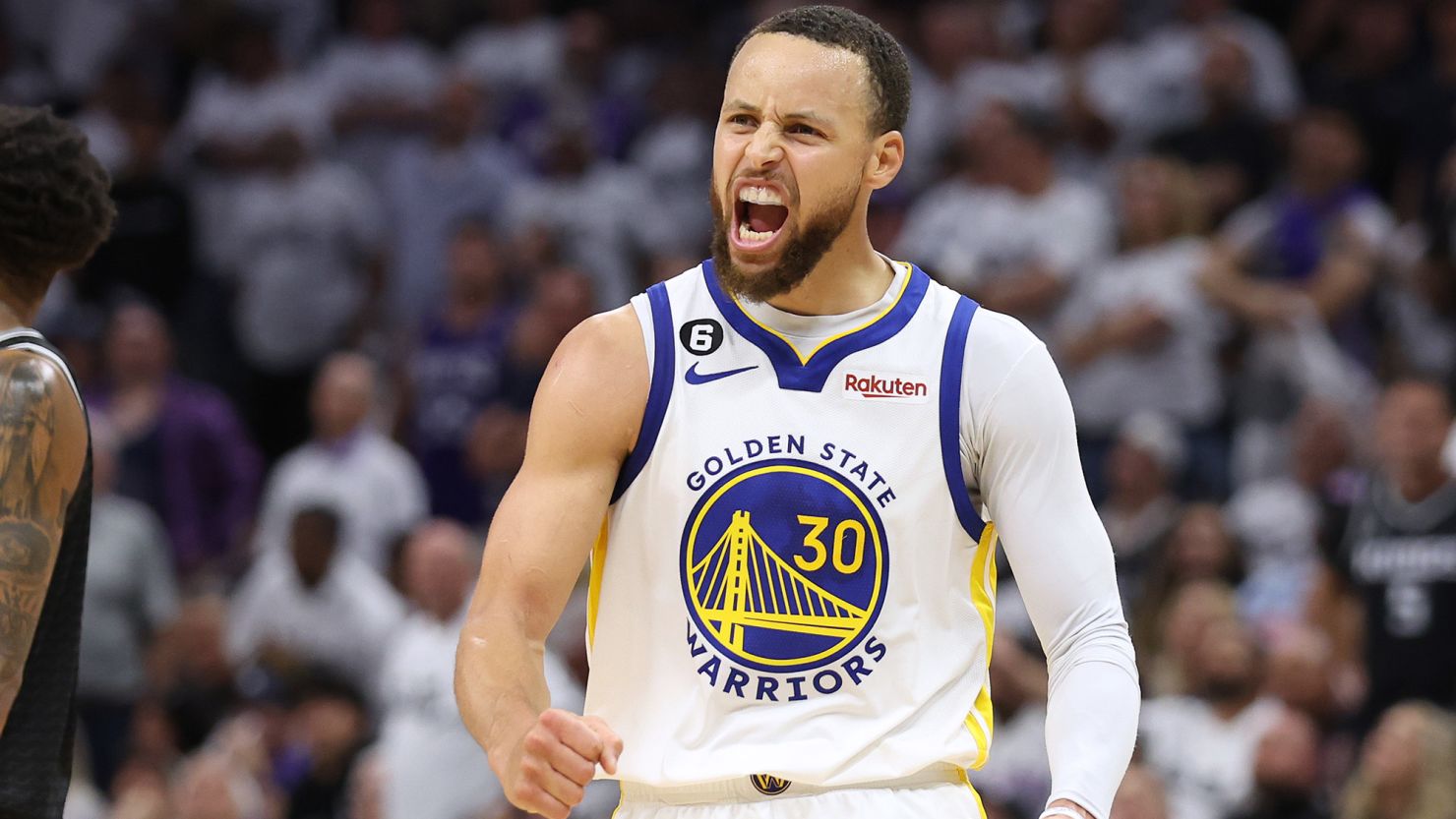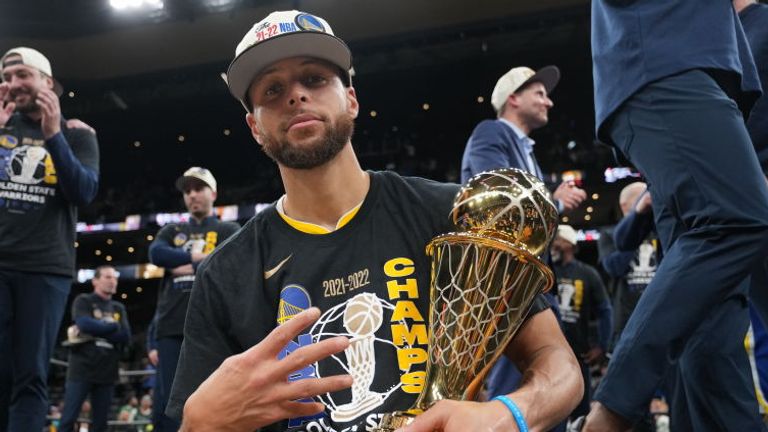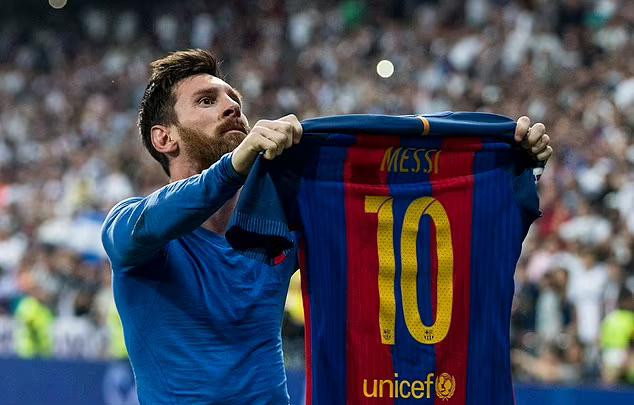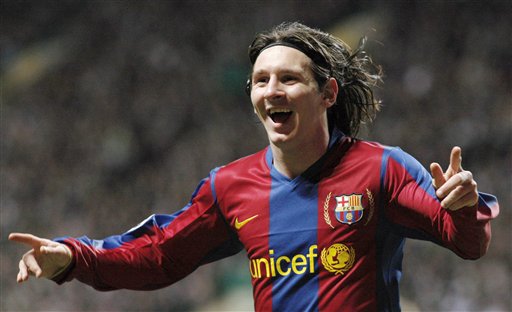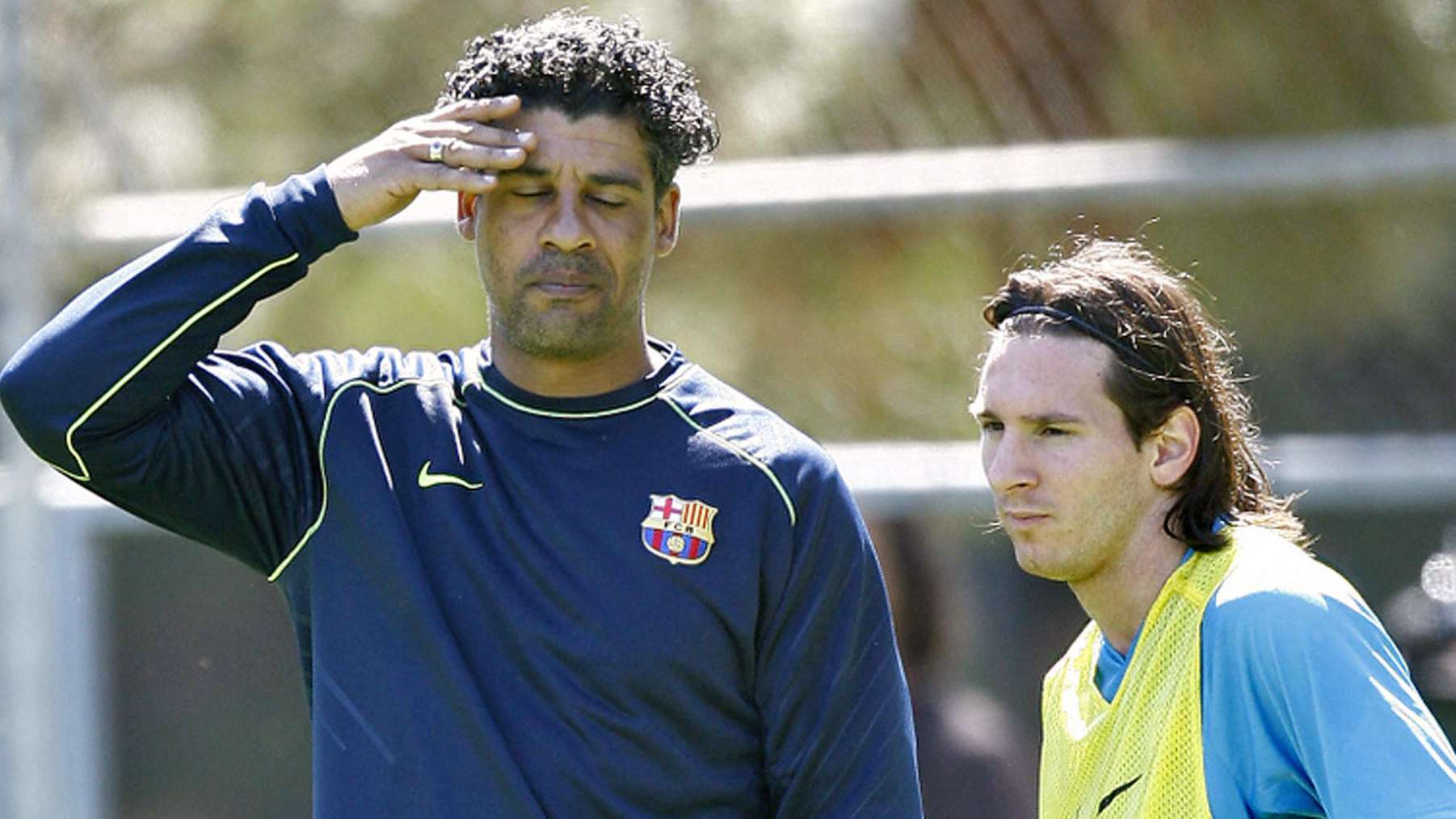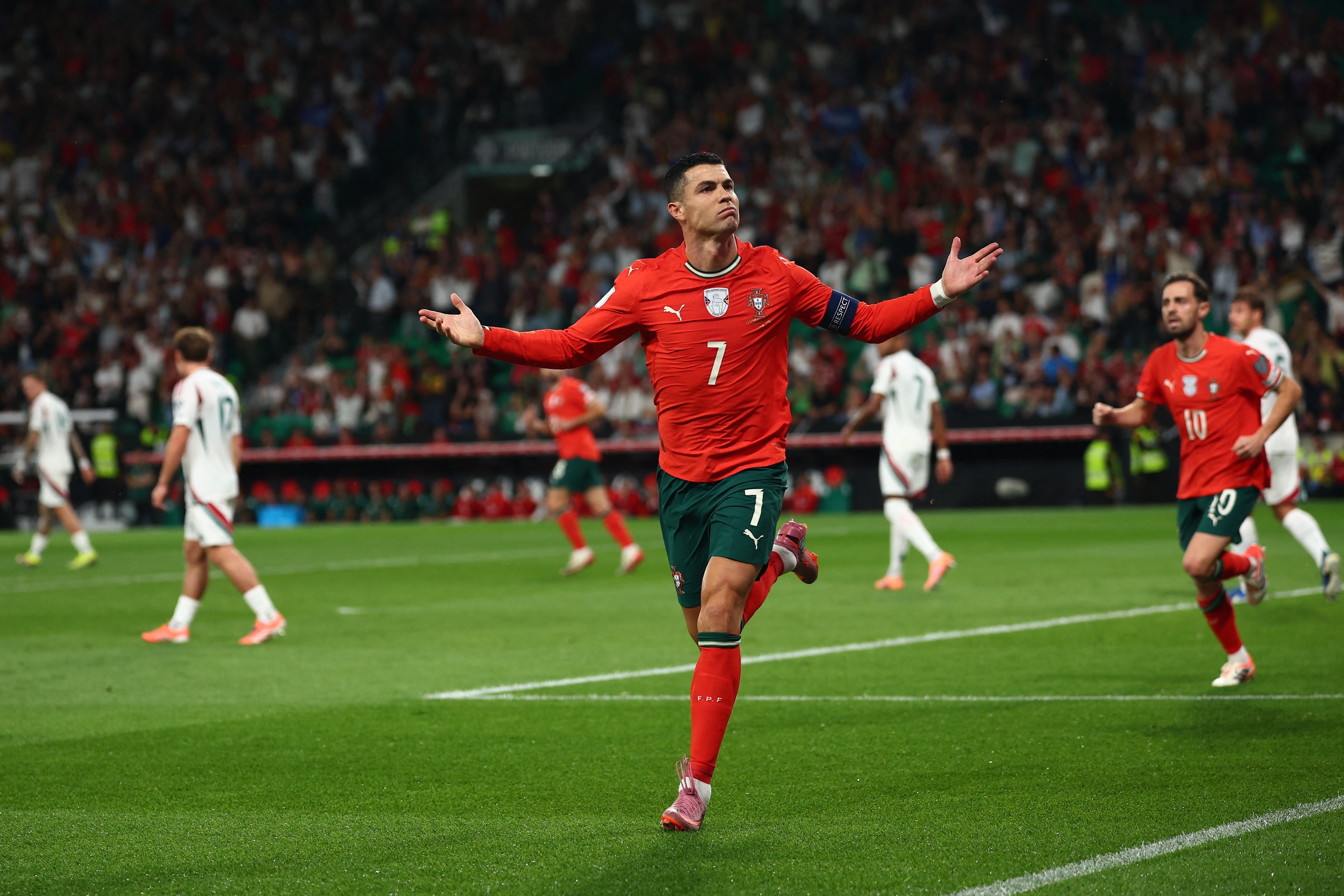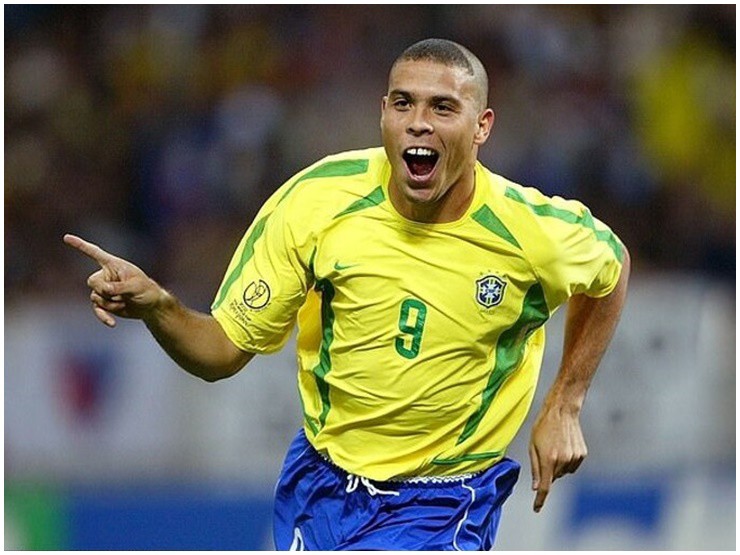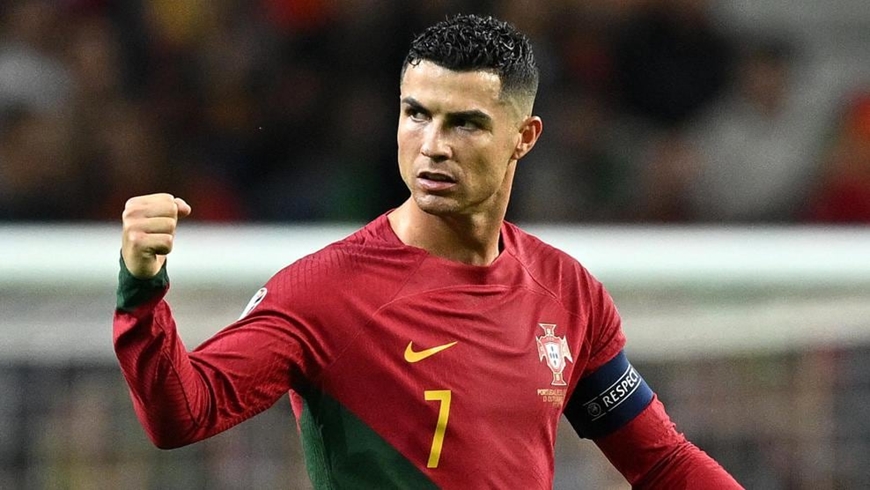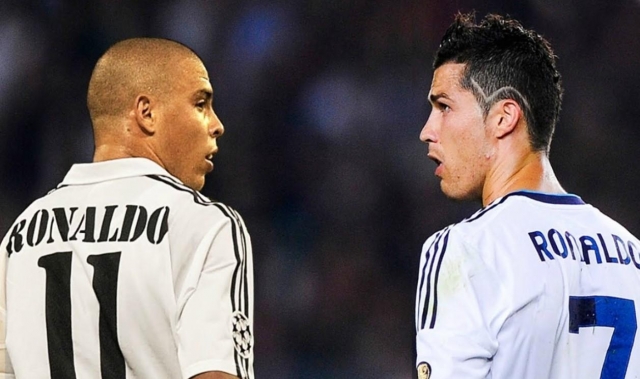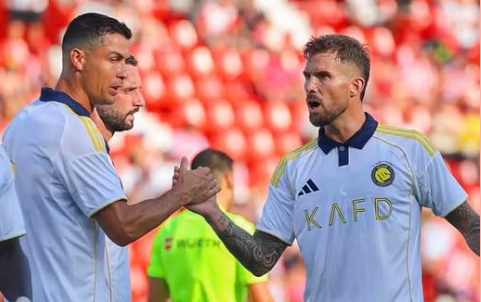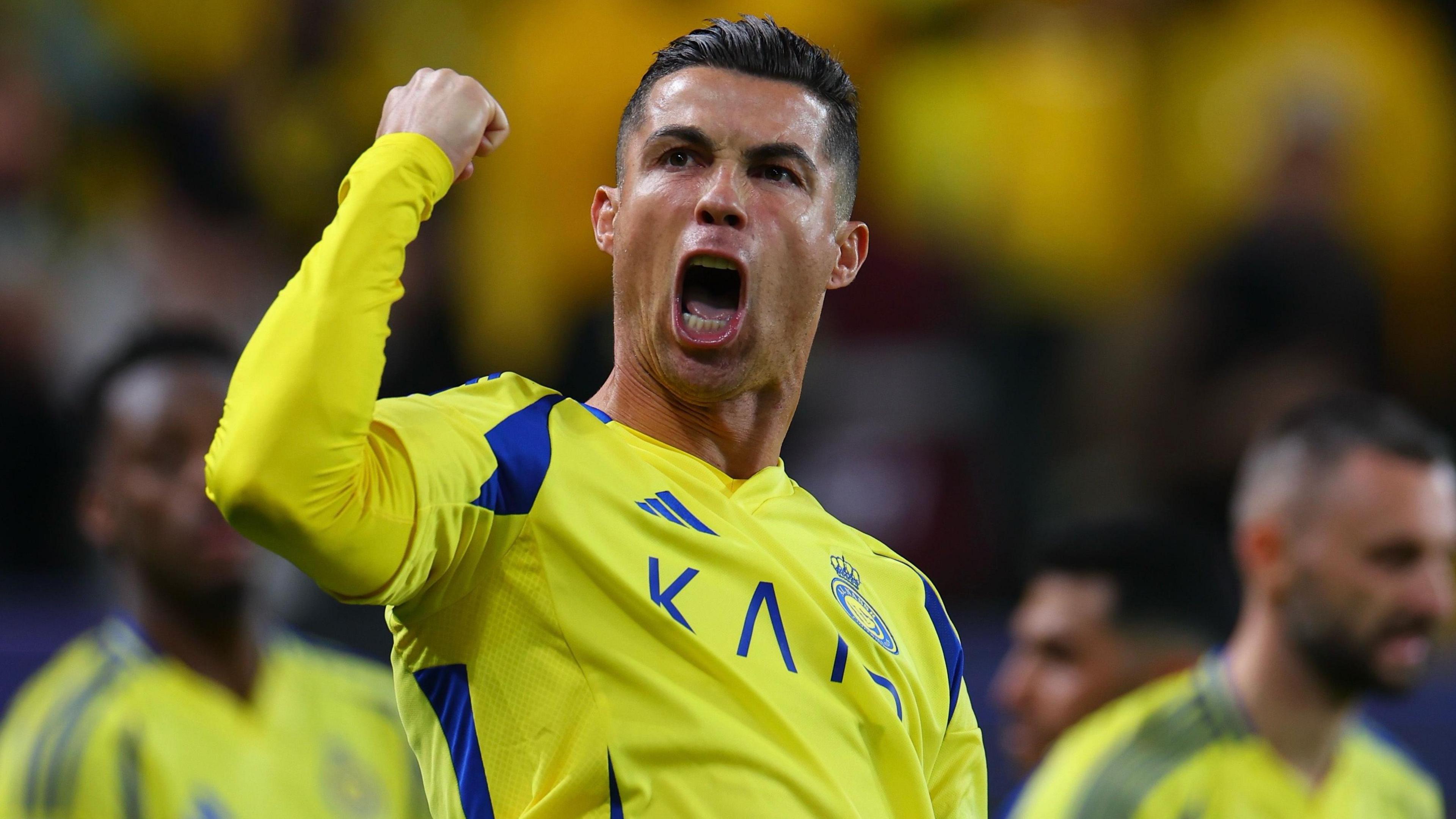The Golden State Warriors, still navigating the final, high-stakes chapter of the Stephen Curry dynasty, are perpetually linked to seismic trade speculation. The most consistent and franchise-altering rumor centers on two-time MVP Giannis Antetokounmpo of the Milwaukee Bucks. This season, those whispers have intensified, with young forward Jonathan Kuminga firmly established as the centerpiece of any potential deal designed to bring the "Greek Freak" to the Bay Area. The question for the Warriors’ front office is no longer if they should pursue a superstar, but what ultimate price they are willing to pay to maximize Curry’s remaining window.

The Foundation of the Speculation: Unwavering Ambition
The rationale behind the Warriors’ unrelenting pursuit of Antetokounmpo is simple: to secure a fifth championship ring for Stephen Curry and ensure the franchise’s continued relevance beyond his eventual retirement. Curry, at 37, remains an elite player, but the reality of his age, coupled with that of Draymond Green and the injury history of new additions like Jimmy Butler, necessitates a massive influx of prime, generational talent. Giannis, a dominant force who averages over 30 points and 11 rebounds, provides exactly that.
Antetokounmpo’s own recent statements have left the door open for an eventual departure from Milwaukee, citing his commitment to winning at the highest level. This uncertainty has placed nearly every major contender on alert, but the Warriors possess a unique combination of assets and desirability. As noted by Bleacher Report’s Greg Swartz and various other analysts, Golden State has meticulously structured its cap sheet and draft capital, largely driven by the philosophy of reserving their best pieces for a true superstar acquisition.
Kuminga: The Inevitable Trade Chip
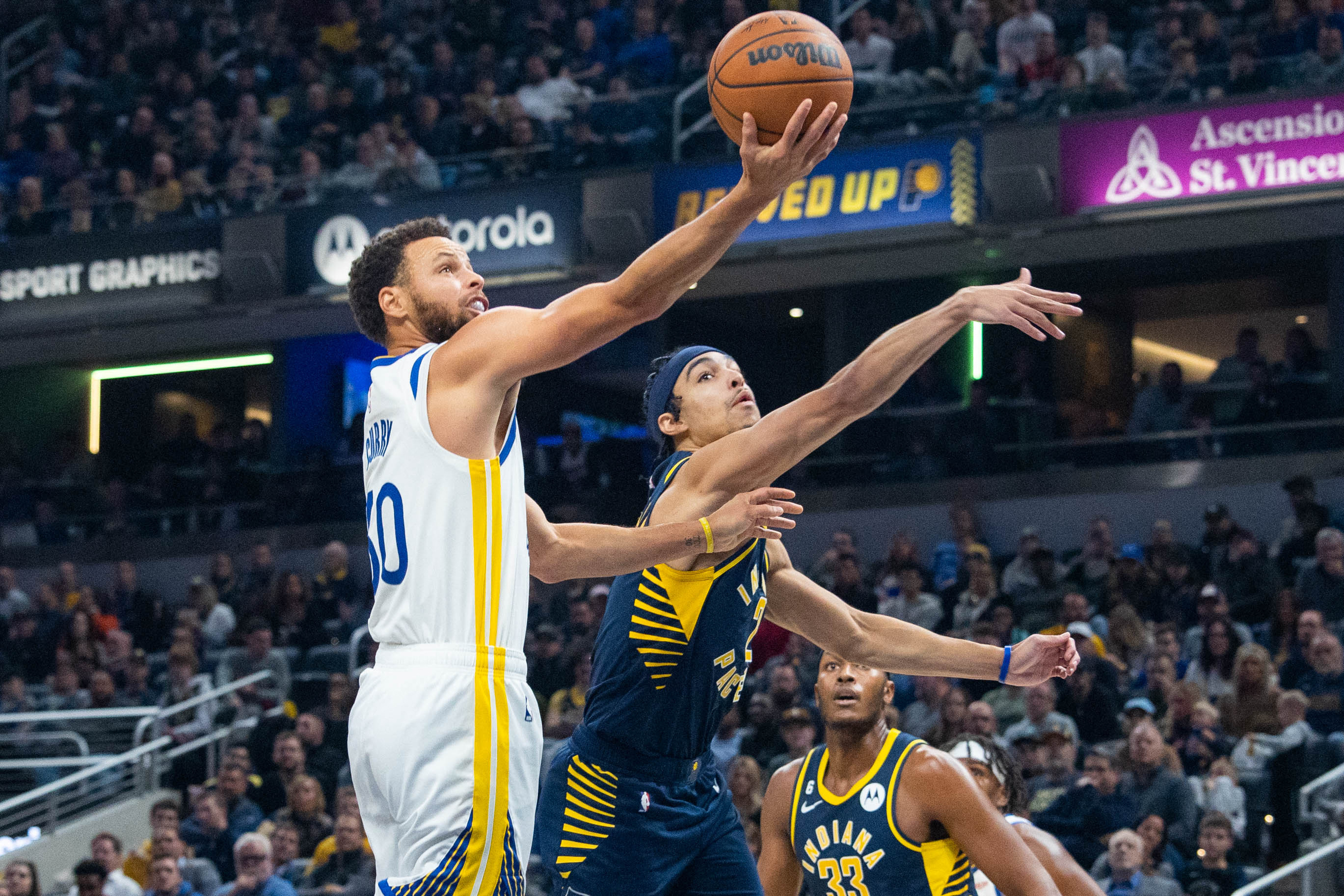
Jonathan Kuminga, recently secured with a new multi-year contract, represents the most valuable young asset the Warriors possess. The decision to invest in Kuminga, despite some internal debate over his usage, was a strategic move to preserve his trade value. Analysts believe that Golden State is "trying to maintain every asset they've got so they're ready once and if the Giannis Antetokounmpo market heats up."
A Kuminga-centered package offers the Bucks exactly what they would need for a soft reset: a high-upside, athletic forward who can immediately become a foundational piece. While a direct Kuminga-for-Antetokounmpo swap is unlikely due to the difference in value, Kuminga's contract and potential would serve as the anchor, supplemented by multiple unprotected future first-round picks and potentially other young players like Moses Moody or Brandin Podziemski, depending on the final asking price.
The Fit and the Friction: A Championship Contender

The pairing of Curry and Antetokounmpo is a basketball dream. Curry's unparalleled spacing and off-ball movement would unlock Giannis's full interior dominance, giving him the clearest driving lanes of his career. Giannis, in turn, would provide elite rim protection, rebounding, and defensive versatility that the Warriors have lacked since the peak of their dynasty. The trade would instantly propel the Warriors back to being perennial title favorites.
However, the trade isn't without significant internal friction, particularly involving Draymond Green. Some trade proposals suggest the removal of Green to facilitate the deal, a move that would be emotionally devastating but strategically sound to address the awkward positional overlap and spacing issues that arise from playing Antetokounmpo alongside Green and Kuminga. Other proposals, focused on only moving Kuminga, would leave the Warriors with a "problematic forward trio" due to the lack of consistent perimeter shooting outside of Curry.
Ultimately, the Warriors’ decision will be a defining moment in franchise history. They must weigh the certainty of one more deep playoff run with Curry, Green, and Butler against the opportunity to secure a decade of relevance by pairing Curry with a player who is arguably the best in the world. As the Bucks enter the season with questions surrounding their own contention, the NBA world waits to see if Golden State will finally risk its treasured youth assets and loyalty to go "all-in" for a superstar whose arrival would redefine the league's balance of power.
